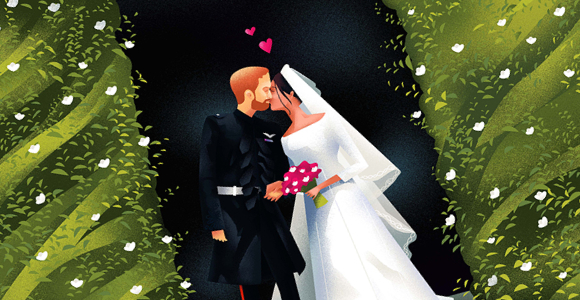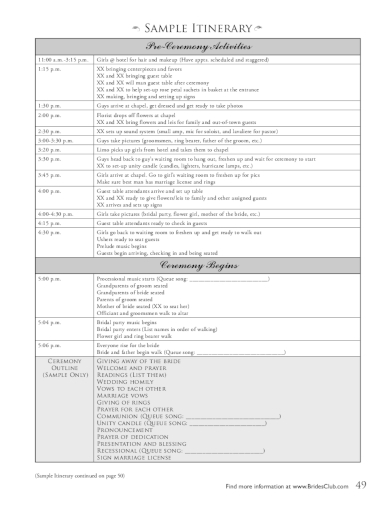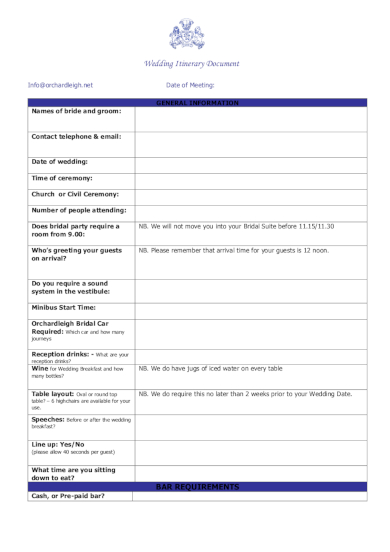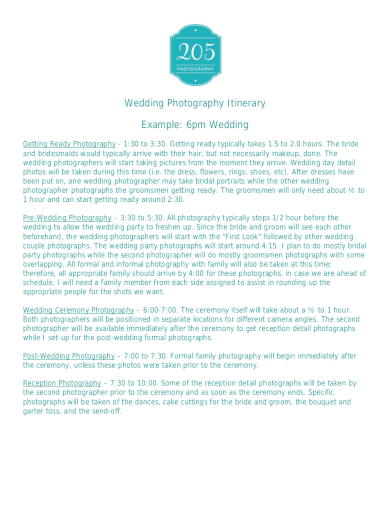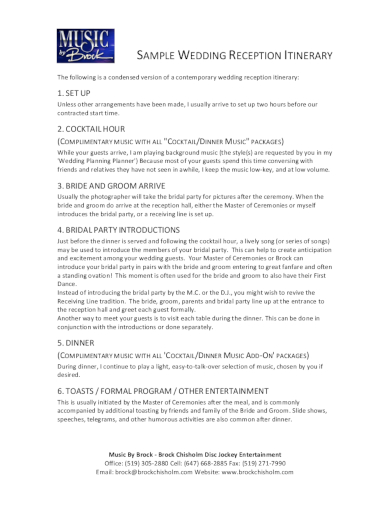14+ Wedding Itinerary Examples
The beautiful girl in that heavy white dress and feet numbing heels won’t be as radiant as she supposed to be on her special day, knowing that the plan is in disarray. This is why developing a wedding day itinerary is an integral part of the occasion. Behind all that rustic church glamour, the beauty and thrill of a destination ceremony, or the exciting murmurs and waves of laughter on a reception evening is a rigid schedule that everyone directly follows to make up the most beautiful day of their lives that every newlywed deserves. Check out our wedding itinerary examples below and take a tip or two on how to organize a wedding itinerary.
14+ Wedding Itinerary Examples
1. Wedding Weekend Itinerary Template
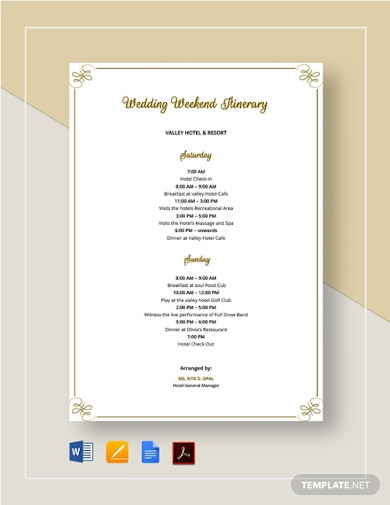
2. Wedding Itinerary Template
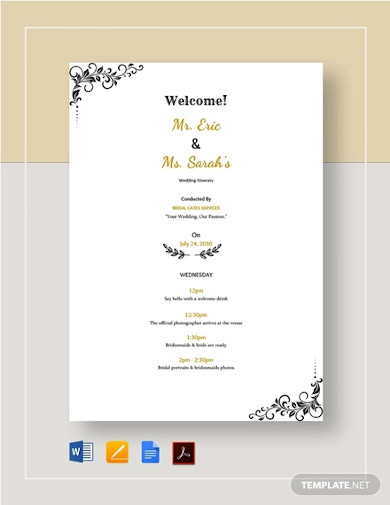
3. Wedding Event Itinerary Template
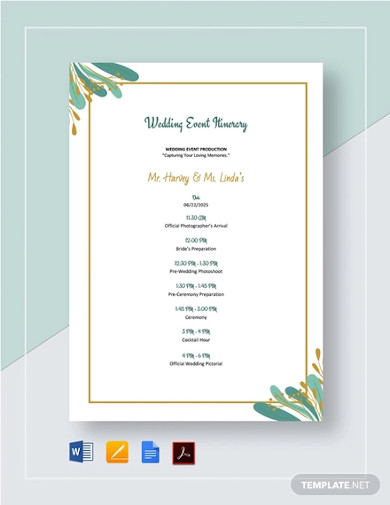
4. Modern Wedding Itinerary Template
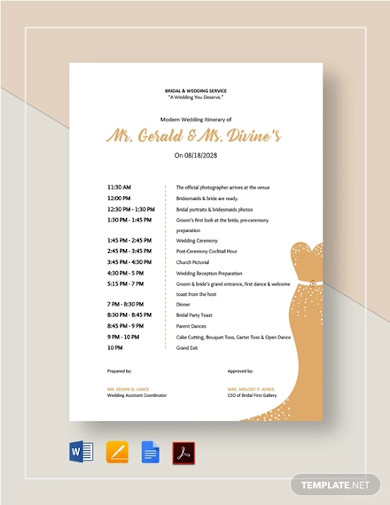
5. Beach Wedding Itinerary Template
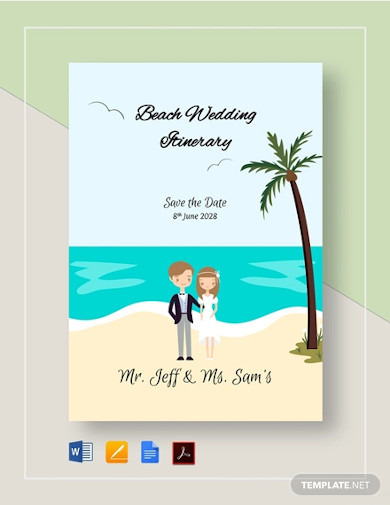
6. 25th Wedding Anniversary Invitations Template
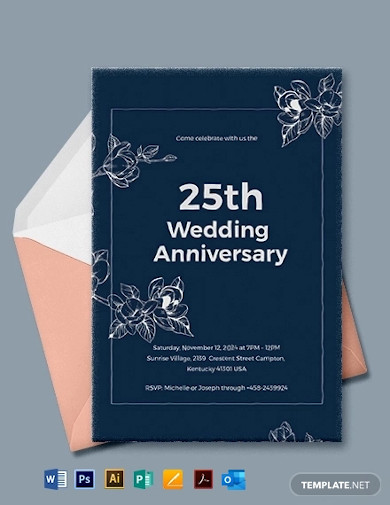
7. Free Simple Wedding Itinerary Template
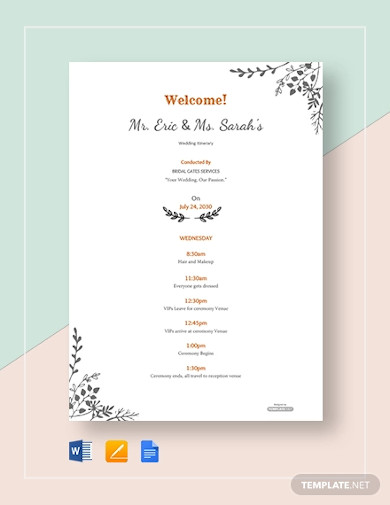
8. Free Cruise Wedding Itinerary Template
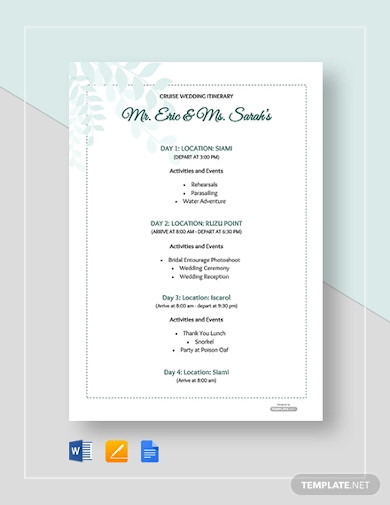
9. Free Wedding Event Itinerary Template
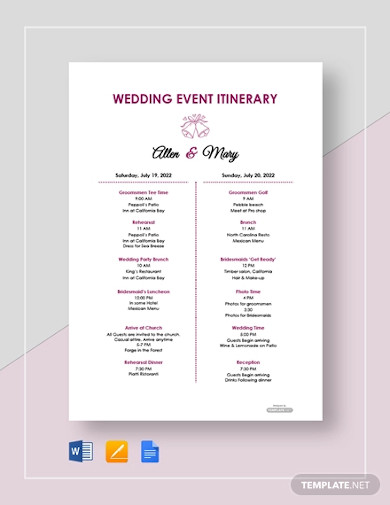
10. Free Sample Wedding Itinerary Template
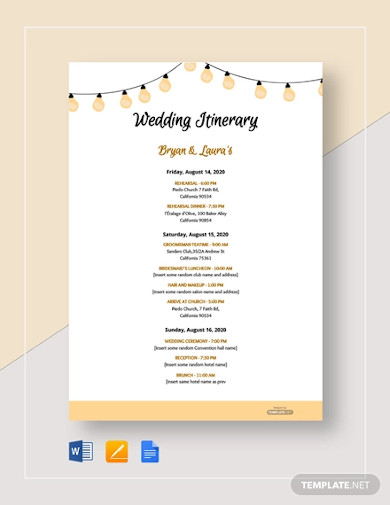
11. Sample Wedding Itinerary
12. Simple Wedding Itinerary Document
13. Wedding Ceremony and Reception Itinerary
14. Wedding Photography Itinerary
15. Wedding Reception Itinerary
What Is a Wedding Itinerary?
A wedding itinerary is a timeline of the actual day or the weekend of the event. It lists everything that’s going to happen during the occasion and assigns each of them into different time slots. This helps the planner and organizers and everyone directly involved in the wedding know all the when and what during the day and guides them to adhere to the schedule.
Tips on Making a Wedding Itinerary
Martha Stewart Weddings offers the following reasons why a wedding itinerary is important: establishes organization, makes a list of responsibilities, and helps avoid failures. These are all noble reasons, but here’s the most critical part—it makes the bride happy.
Here how you can make an efficient wedding timeline:
1. Determine Arrivals and Departures
In order to easily identify the duration of your program, identify everyone’s arrivals and departures. This helps you insert relevant event schedule matters in between. And this isn’t only limited to the venue or reception schedule. This also includes your vendors and all the people responsible for the preparation. You have to determine early on when they’ll come and leave, so you know how to fit all the details in between the timeline.
2. Work Your Way Down To The Details
If you’re making a draft of your wedding itinerary or any itinerary for that matter, an effective technique that you can adopt is to classify important parts in different categories. Since it’s a wedding timeline, you can use the usual pre, during, and post labels to help you. As an example, for the pre-ceremony, you can begin to plot everything that will happen during that period from hair and make-up down to the traveling time. By doing this, you’ll be able to effectively divide the period into different slots and get everything done on their corresponding timeframe. The key to a good wedding program lies in the details.
3. Discuss Your Vendors’ Schedules
To help you get the timing right, you must be in constant contact with your vendors. You have to inform them of your decisions and when you expect them to arrive to perform their duty or to deliver their goods. You won’t want your request for wedding invitation, flowers, or venue decorations to arrive late due to a miscommunication.. Delays might be inevitable, but significant ones can easily turn your special day into a nightmare.
4. Prepare Early
If you want to get every detail right, it’s always to prepare early, according to the Brides. This is especially relevant if you’re hosting a huge wedding. The bigger the event, the more prominent the details become. How do you hope to have six months’ worth of preparation time in just one or two months? Chances are, you’re bound to miss a lot of details on the actual day. Be prompt and set down your details early on. Make a rough outline of what the actual day will look like and aim to achieve that schedule. Doing this also helps you become more flexible about the timeline whenever changes occur or when there’s a complication between you and your vendors or guests.
FAQs
What should you include in a wedding ceremony program?
Here are the main parts of a wedding ceremony that your program should have: 1. The processional 2. Greetings 3. Prayers and readings 4. Exchange of vows 5. Exchange of rings 6. The pronouncement 7. The recessional
How long does a wedding ceremony take?
Under normal circumstances, it takes about 20 to 30 minutes.
What is the “first look”?
The first look is an intimate and memorable moment for couples as they see each other for the first time before the ceremony starts.
From an outsider’s point of view, a wedding might be just another fancy celebration that people do all the time. However, for the bride, the groom, and their families, it holds a deeper sense of mirth. This is why a wedding planner is not something you fill out on the last minute (or maybe yes, in Las Vegas). It takes careful planning, and an efficient wedding timeline is a key to unlocking the perfect day that everyone will remember. Take a trip down our wedding itinerary displays and avail now!


